
Lessons from the Ukraine War: Integrated Theatre Commands
During the current Ukraine war, it became clear that creating integrated theatre commands (ITC) must be expedited. Conflict and confrontation have been part of politics since time immemorial. Currently, the world is engaged in a higher level of geopolitical competition, competition, confrontation, and conflict, which is occurring on a 24/7, 24-hour basis, and across many different domains (MDs). To achieve strategic equilibrium, every nation, including the superpower United States, must constantly adjust its policies.
Military personnel, including officers, must wear the ‘security professionals’ mantle rather than just acting as kinetic warriors at the borders (LOC/LAC). A nation’s armed forces must respond to security challenges with ‘integrated and integrated’ jointness. Achieving desired outcomes requires this type of approach. An important conclusion from the ongoing Ukraine war is that we must implement integrated theatre commands (ITC) as quickly as possible.
Nature & Character Of War
There is a familiar trinity of government, military, and people involved in the war, each with varying reactions. According to a growing consensus among intellectuals, the nature of war doesn’t change. Fear, honor, interests, survival, unpredictability, bellicose culture, internal pressures, perceived injustice, and opportunism or ambition fuel the resulting reaction. Despite all this, political life still involves violence, hostility, passion, chance, friction, rationalized objectives, constant interaction, and unpredictable outcomes. War has a constantly changing nature.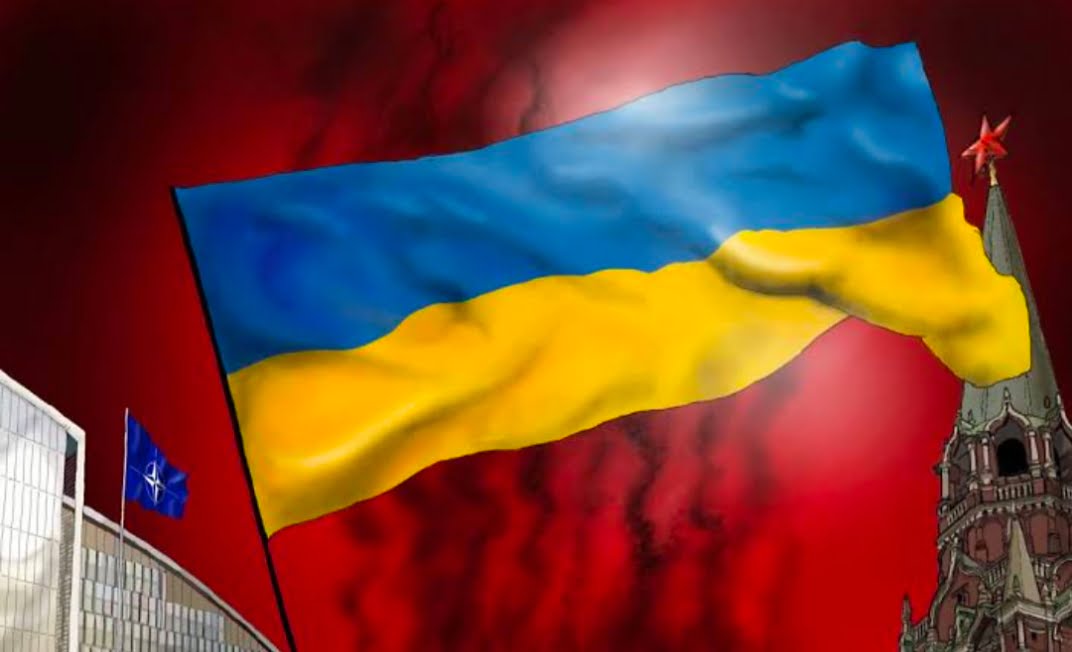
The use of multi-domain operations (MDOs) and niche technology, which any group of nations can adopt, is changing the face of war and has overlapping effects on warfare. In the ongoing conflict in Ukraine, the non-kinetic vertical has gained strategic importance (more emphasis on intelligence operations and PSYOPS), especially when achieving national objectives without crossing the opponent’s threshold for war becomes increasingly imperative. Joint Integrated MD capabilities are essential for ensuring the success of non-kinetic operations, given the changing nature and character of confrontation and conflict.
Regional Security Complex Theory & Zones
India must fight its own battles. ‘Regional security zones,’ according to International Relations theory, are relatively immune from globalization and global trends because of their emotionally, geographically, and historically connected nature. Clusters or security complexes based on regional interdependence are regular patterns. There are only a few global powers (the USA and, to some extent China) who play a truly global game and who project their control over distant shores. China dominates Asia (more than the USA).
Due to its inexperience as a great power, India is caught up in the classic power play that characterizes global and regional security dynamics. A fundamental weakness noted by the Kargil Review Committee and agreed upon by the GOM in 2000-01 is the current hi-tech, multi-domain, short-duration, and limited wars (though the Ukraine war casts doubt on that premise) in a nuclear environment. A steady and dynamic response is necessary.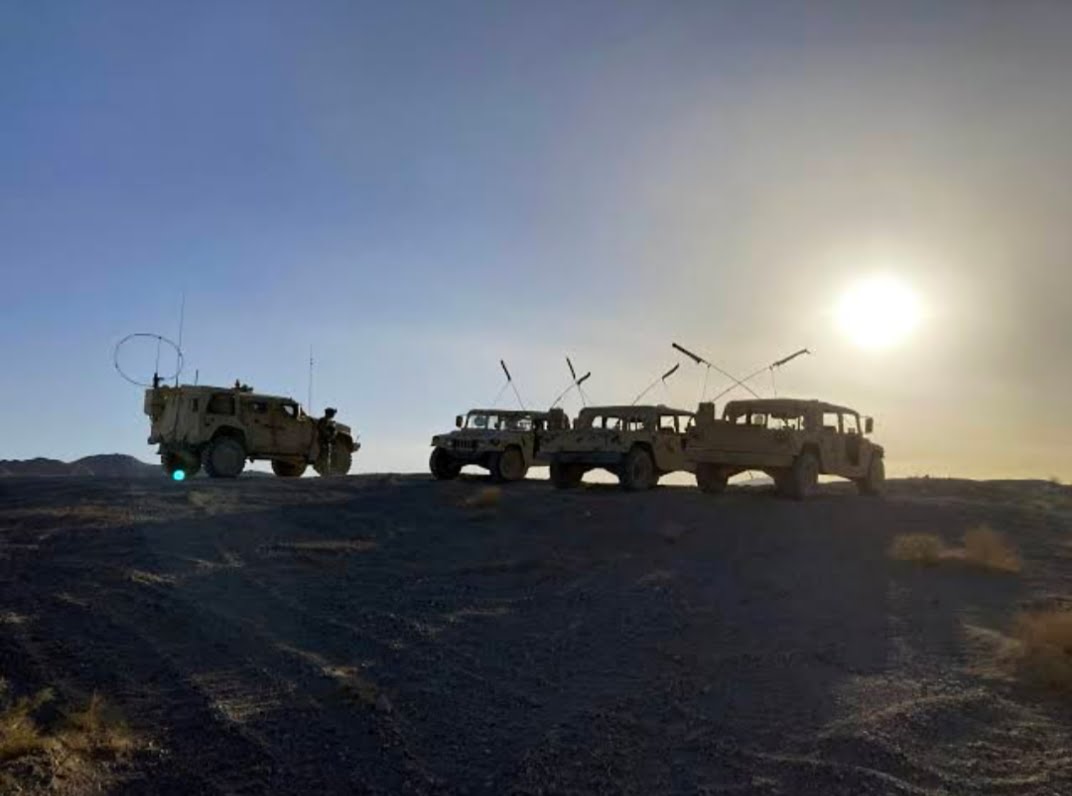
The nation must prepare itself within the constraints of resources and, even more importantly, time for a calibrated management of the escalation ladder across military and non-military verticals. Rather than operating in unity, the services have become ‘existential,’ as each operates in its silo defined by threat perceptions and doctrines. ITCs are, therefore, the only option.
Geo-Strategic Compulsions For Integrated Theatre Commands
All of Asia is part of India’s strategic interest area, so that’s pretty much an all-Asian strategy. Power projection is inherently a theatre command function. The theatre command concept centered solely on defending against Pakistan and China is not innovative. In terms of global governance, we aspire to be a great power. Military power is essential to all of that; don’t reproduce; create an Indian model instead. Optimizing manpower and costs in theater commands is less critical than the issue of effective warfighting.
A regional power should be equally devoted to aerospace and maritime domains as a global power. In this respect, what is more, important is how, in what form, and when to create ITCs, based on geographical areas or threats. There should be centralization of crucial resources with decentralization based on missions or time frames. By fine-tuning existing Andaman and Nicobar and Strategic Forces command, we could also expand Cyber, Space, and Special Forces capabilities. ITCs should be based on existing structures and commands to ensure less turbulence.
Strategic Outcomes
Integrating MD operations and national integration processes will provide the biggest payoff from ITCs. A few key takeaways are as follows:
- An approach to national security that considers the whole nation. Regional power capability building is essential for regional influence and ‘out of country contingencies.’
- Military diplomacy has a sharper edge and a more significant impact.
- A better fusion of the civil and military forces.
- They are meeting the challenges of a changing war with a unified approach.
- Salience among Indian CNP, particularly the armed forces.
- Optimization, fiscal prudence, and timely procurement of our forces.
- Aatma Nirbharata is on the upswing.
- Its timely and effective response to disasters has made it one of the world’s most disaster-prone nations. As a result, we will also be able to enhance our HADR capabilities (humanitarian and disaster relief).
- Technologies of niche and key importance for R&D and assimilation. Arms and assets crucial to national security should be focused on with urgency.
Suggestions For National Security Structures
- National security is the policy of CCS. The broad contours and timelines for implementing ITCs must be laid out. The NSA, CDS, COSC, and the relevant ministries formulate the national military policy.
- To provide and oversee a road map for hybrid and disruptive technologies, and set up a combination and disruptive technology management agency. Armies, central armed police forces (CAPF), intelligence agencies, key ministries and companies to build capabilities.
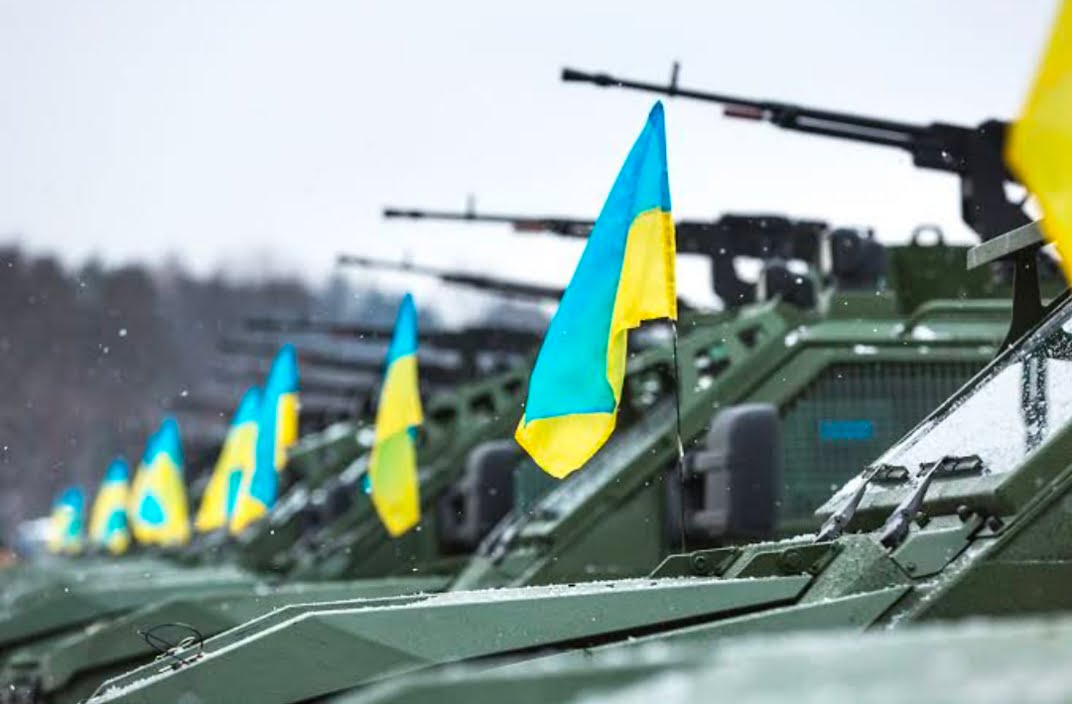
- National Intelligence Grid (NATGRID), coupled with a National Counter Terrorism Centre (NCTC), a Multi-Agency Centre (MAC), and finally, secure data links connecting all of them.
- Increasing citizens’ security awareness.
- Coordinates security threat responses with National Disaster Management Agency authorities, science, technology, and infrastructure development organizations in public and private sectors (including hygiene, water, and sanitation), the health industry, aviation and shipping industries, railroads, and tourism, schools, colleges, and educational institutions, the media (especially social media), and many others (MD threat).
- Seamless exchange of intelligence and information is required.
- The vital importance of human and psychological profiling: Developing expertise in behavioral sciences. Among the principal cognitive elements of decision-making are human minds (especially those of leaders, commanders, and local populations). The West and India would love to know what is going on inside the brains of Putin, Xi Jinping, and Gen Bajwa, especially when it comes to the risk matrix under adverse circumstances.
- Nuclear: As stated in our policy, we never use nuclear weapons against Non-NWS (non-nuclear weapon states), and they cannot be used first; however, if they are used against India or our troops anywhere, ‘massive retaliation is the norm. Currently, a nuclear attack on India is not prevented by the doctrine. Despite this, the USA and China are engaging in a new nuclear arms race in which they are each rapidly increasing their arsenals and modernizing their nuclear structures. Such disagreements are troubling. Due to the dual basing and deployment of conventional and nuclear weapons, the Russian strategy of escalating to de-escalate, and other recent brinkmanship statements and maneuvers, the world is more at risk. In India, the nuclear architecture needs to be reviewed urgently.
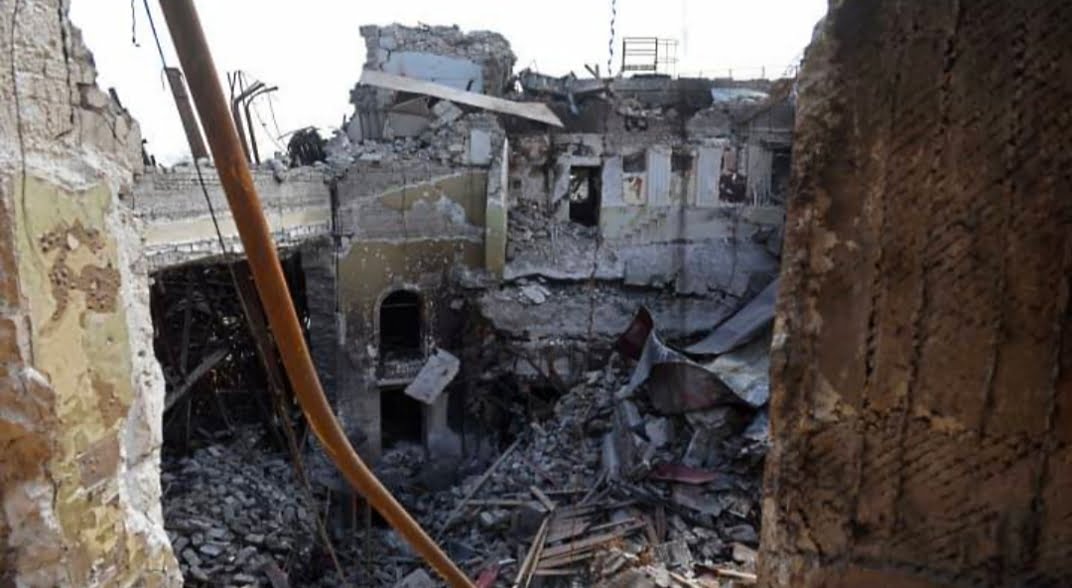
- Biological Warfare (BW): Since the outbreak of the Covid pandemic, this threat has been at the forefront and under greater scrutiny. There is a real and present threat of leaks from labs, not just propaganda in the origin stories. Because they persist, propagate, and spread throughout a population globally, they are more devastating. It is ineffective for controlling biological armament as it lacks mechanisms for monitoring and verifying compliance. In the future, it is imperative that a national and strategic body monitor NBC threats, prepare for them, and order equipment, training, and deployment of suitable armed forces, paramilitary, and NDRF units and sub-units. Today, a more effective and punitive BW Treaty is well within India’s geopolitical reach.
Lessons From Ukraine War
- To fight an MDW, Theatre Command must be created faster – integrated operations and synergized command must be institutionalized. Moscow may not have controlled the Ukraine campaign, but an effective theatre commander would have.
- We must reevaluate our doctrines, plans, joint training for MDW, force structures, and maneuvers.
- We need to wean ourselves away from Russian oil and gas supplies in the same way.
- For India to provide powerful leverage among nations, especially larger ones, it needs to be modernized, tech-savvy armed forces.
- The West has not been able to intervene militarily in the Middle East due to Putin’s nuclear signaling.
- Physical aggression will not be deterred no matter how severe the economic sanctions are.
- Indeed, we need to increase our defense budget.
- An ‘all-out war‘ or military invasion being a thing of the past has been turned on its head, and that too in Europe!
- A new evaluation of the ‘Tour of Duty’ concept is necessary. Junior leadership cannot be overemphasized.
- Ukrainians have effectively used high-tech disruptors like Starlink, drones, and agile, mobile innovative small teams.
- There must be a total synergy and transparency between the political, bureaucratic, and military leadership in wartime.
- To test out concepts and operational plans, large-scale tri-service exercises with troops, considering the intense and complex conditions the Chinese will wage, are essential and cannot be left to theoretical intellectual wargaming. Although there will be almost total and real-time transparency on the battlefield, there will also be blackouts and disorientation, especially at operational and tactical levels.
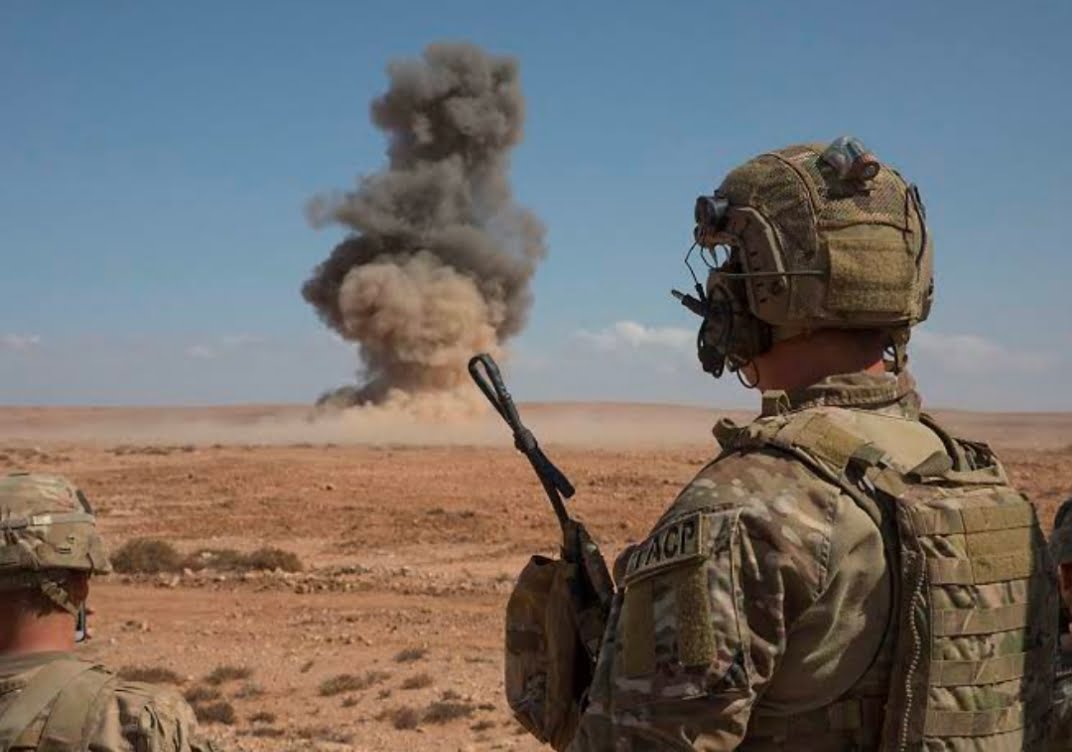 It is becoming vital that we integrate and synergize all elements of national power to meet our myriad multi-dimensional security challenges, especially given the complexity of our environment. The formation of ITCs is essential for competing, confronting, and waging future wars. There are many lessons to be learned from the Ukraine conflict. We will reap substantial benefits from building ITCs and strengthening the Comprehensive National Power.
It is becoming vital that we integrate and synergize all elements of national power to meet our myriad multi-dimensional security challenges, especially given the complexity of our environment. The formation of ITCs is essential for competing, confronting, and waging future wars. There are many lessons to be learned from the Ukraine conflict. We will reap substantial benefits from building ITCs and strengthening the Comprehensive National Power.
edited and proofread by nikita sharma




